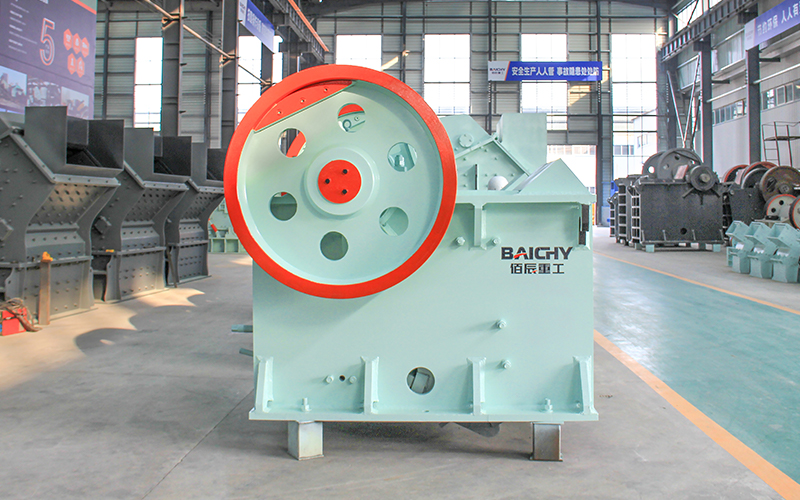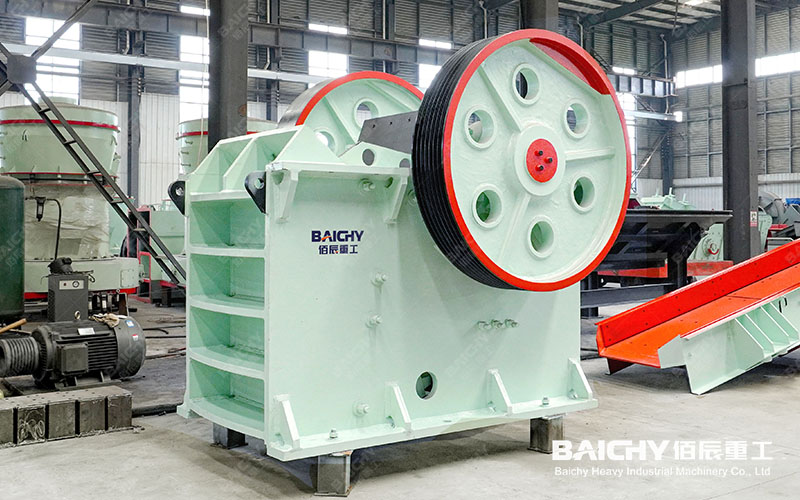The equipment generally used for dolomite grinding mainly includes crushers, mills, and related auxiliary equipment.
First of all, the crusher is one of the key equipment in the dolomite grinding production line. Its main function is to break large pieces of dolomite into smaller particles for subsequent grinding. Common crusher types include jaw crusher, impact crusher, etc. This equipment can be selected according to the hardness and particle size requirements of dolomite.

Next is the grinding mill, which is the core equipment in the dolomite grinding production line. The main function of the grinding mill is to further grind the crushed dolomite particles into fine powder. Common types of mills include Raymond mills, high-pressure suspension roller mills, ultra-fine mills, etc. This equipment can be selected based on factors such as required fineness, output, and grinding efficiency. Among them, the Raymond mill is suitable for products with lower fineness requirements, while the ultra-fine grinding mill is suitable for products requiring high fineness.
In addition to crushers and mills, the dolomite grinding production line also requires some auxiliary equipment, such as feeders, vibrating screens, elevators, centralized control systems, etc. The feeder is responsible for feeding dolomite evenly into the crusher, the vibrating screen is used to screen the crushed materials, the elevator is used to transport materials from one place to another, and the centralized control system is responsible for the entire production line. Automated control and monitoring.

To sum up, the equipment generally used for dolomite grinding includes crushers, mills, and related auxiliary equipment. The selection and configuration of these equipment should be comprehensively considered based on specific production needs, material characteristics, output requirements, and other factors to ensure stable operation and efficient output of the production line.
The main function of the dolomite grinding mill is to efficiently grind brittle materials such as dolomite to the required fineness. Its working principle is usually to crush and grind materials through the rotation of grinding rollers and grinding rings. At the same time, through the built-in grading system, the ground materials can be finely graded to obtain finished products that meet the requirements.
Dolomite grinding mills offer several advantages. First of all, its grinding efficiency is high and it can complete the grinding of a large amount of materials in a short time. Secondly, the equipment design is reasonable, and wearing parts such as grinding rollers and grinding rings have good wear resistance and long service life. In addition, the equipment also has environmental protection performance, such as using full pulse dust collection technology to achieve a dust collection rate of 99%, thus meeting the production requirements for energy conservation and emission reduction.
There are several factors to consider when choosing a dolomite grinding mill. First of all, you must clarify your production needs, including the required material fineness, output, etc. Secondly, we should pay attention to the performance and quality of the equipment and choose manufacturers with good reputations and reputations. In addition, factors such as the price of the equipment and after-sales service must also be considered to ensure that the purchased equipment is cost-effective and can meet long-term production needs.
When using a dolomite grinding mill, you need to pay attention to operating specifications and safety matters. For example, equipment must be maintained and maintained regularly to ensure the normal operation of the equipment; during operation, safe operating procedures must be followed to avoid accidents.
To sum up, the dolomite mill is an efficient and practical grinding equipment that is widely used in many industrial fields. Through reasonable selection and use of this equipment, it can bring considerable economic and environmental benefits to the enterprise.










